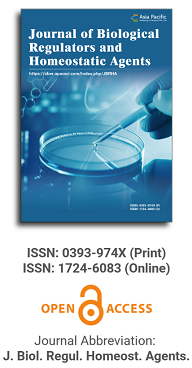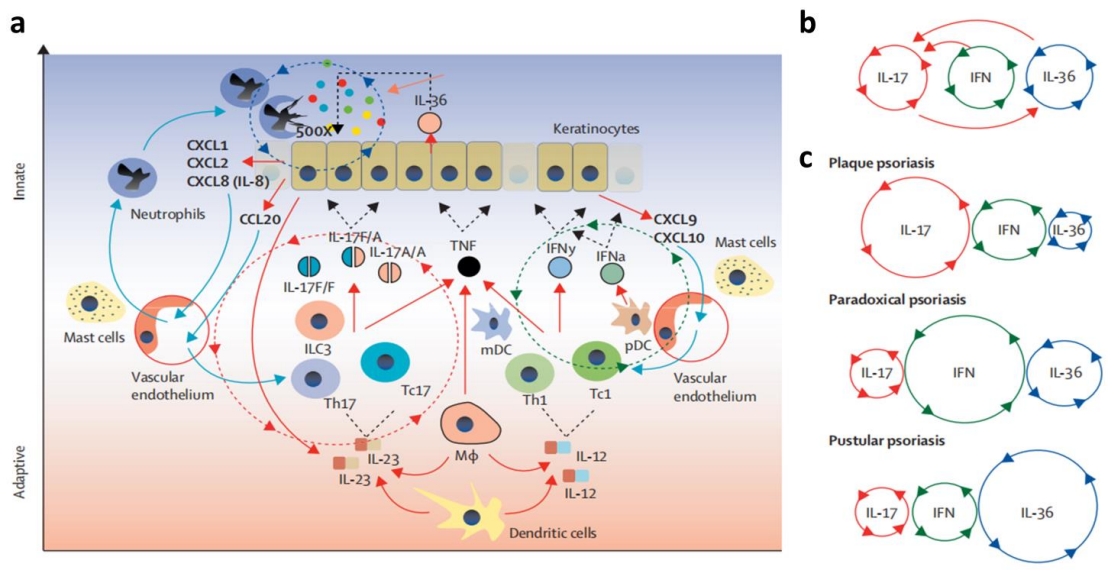
Asia Pacific Academy of Science Pte. Ltd. (APACSCI) specializes in international journal publishing. APACSCI adopts the open access publishing model and provides an important communication bridge for academic groups whose interest fields include engineering, technology, medicine, computer, mathematics, agriculture and forestry, and environment.

Establishment of an immune-related gene prognostic model for head and neck tumors
Vol 35, Issue 3, 2021
Abstract
This study aimed to screen the key immune-related genes (IRGs) in head and neck squamous cell carcinoma (HNSC) and construct the IRGs-related prognostic model to predict the overall survival (OS) of patients with HNSC. The RNA-seq data and clinical data were downloaded from The Cancer Genome Atlas database, and IRGs were obtained from the Immunology Database and Analysis Portal. Differentially expressed genes (DEGs) between HNSC and normal samples were identified, followed by integration with IRGs to screen differentially expressed IRGs. After univariate and multivariate proportional hazard regression analyses, an IRG-based risk model was constructed. Meanwhile, data chip of GSE65858 as the validation set to assess the predicted performance of established model. Next, univariate and multivariate Cox regression analyses were performed to identify the independent prognostic factor of HNSC, and the Nomogram model was developed to predict patient outcome. Furthermore, the correlation between immune cell infiltration and risk score was analyzed. A total of 65 differently expressed IRGs associated with prognosis of HNSC were screened, and finally a 26-gene IRG signature was identified to construct a prognostic prediction model. The AUC of ROC curve was 0.750. Survival analysis showed that patients in the high-risk group had a worse prognosis. Independent prognostic analysis showed that risk score could be considered as an independent predictor for HNSC prognosis. Nomogram assessment showed that the model had high reliability for predicting the survival of patients with HNSC in 1, 2, 3 years. Ultimately, the abundance of B cells and CD4+ T cell infiltration in HNSC showed negative correlations with risk score. Our IRG-based prognostic risk model may be used to estimate the prognosis of HNSC patients.
Keywords
References
Supporting Agencies
Copyright (c) 2021 F Zhou, AX Chen, HY Lv, DH Liang, HS Yu

This site is licensed under a Creative Commons Attribution 4.0 International License (CC BY 4.0).

Medical Genetics, University of Torino Medical School, Italy

Department of Biomedical, Surgical and Dental Sciences, University of Milan, Italy

